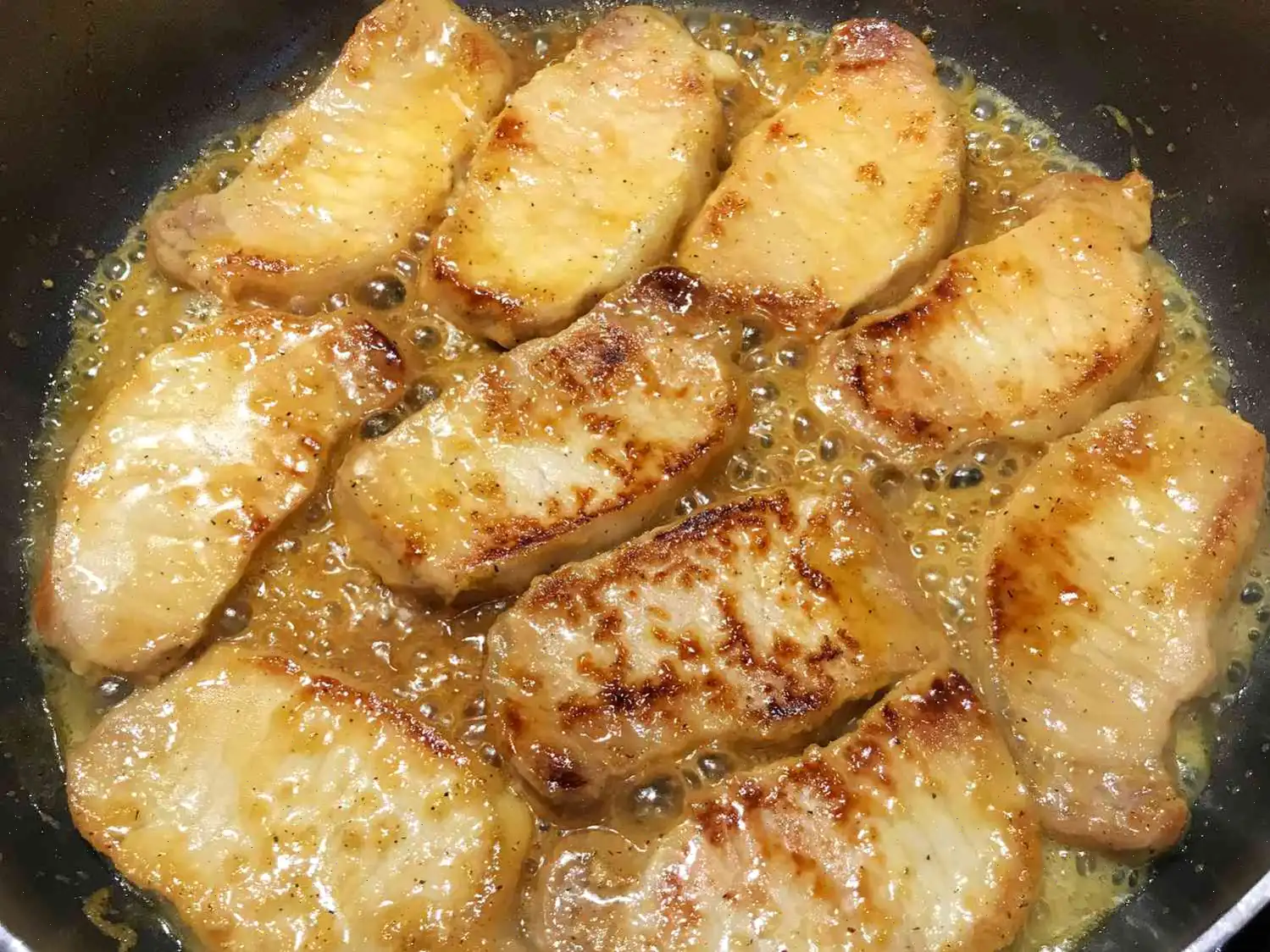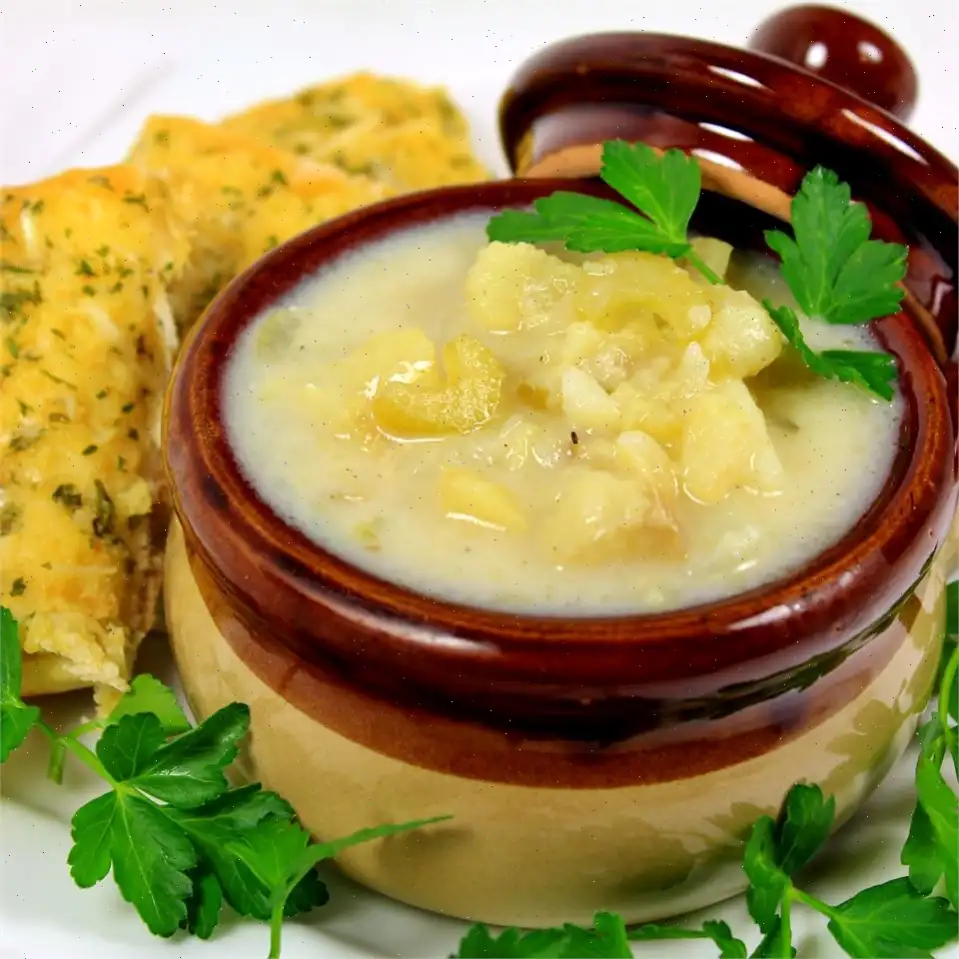
Chicken Adobo Fried Rice Recipe
Ingredients
- 1 tablespoon vegetable oil
- 1/2 cup diced onion
- 3 cloves garlic, minced
- 1/2 cup frozen green peas
- 1/2 cup matchstick cut carrots
- 2 cups cooked rice, grains separated (see Note)
- 2 teaspoons sesame oil, or to taste
- 1 tablespoon soy sauce, or to taste
- 1 pound leftover chicken adobo, diced
- 1/2 teaspoon salt, or to taste
- 1 pinch white pepper
- 1 large egg, beaten
- 2 green onions, chopped
Directions
Step 1: Heat vegetable oil in a large nonstick skillet over medium heat. Once the oil is hot, add the diced onion and stir for about 1 minute until softened.
Step 2: Add the minced garlic and stir for another 30 seconds, ensuring it becomes fragrant.
Step 3: Stir in the frozen green peas and matchstick carrots. Cook for 3-4 minutes, stirring occasionally.
Step 4: Add the cooked rice to the skillet, and stir in the sesame oil and soy sauce. Continue to cook, stirring for about 2 minutes to combine the flavors.
Step 5: Add the diced chicken adobo, lifting and stirring the rice to coat the grains with any sauce from the chicken. Cook for another 2 minutes.
Step 6: Season the mixture with salt and white pepper to taste, then push the rice mixture to one side of the skillet.
Step 7: Pour the beaten egg into the empty side of the skillet. Allow the egg to spread into a thin layer. Once the egg sets, score it into strips, then stir it into the rice mixture.
Step 8: Remove the skillet from the heat and sprinkle chopped green onions over the top. Serve warm.
Cook's Note
For best results, use leftover rice for fried rice. Spread the rice out on parchment paper or foil to separate the grains, ensuring no clumps remain. Clean fingers work best for this task!
Nutrition Facts (per serving)
- Calories: 464
- Total Fat: 22g (28% Daily Value)
- Saturated Fat: 5g (26% Daily Value)
- Cholesterol: 153mg (51% Daily Value)
- Sodium: 597mg (26% Daily Value)
- Total Carbohydrate: 32g (11% Daily Value)
- Dietary Fiber: 3g (10% Daily Value)
- Total Sugars: 3g
- Protein: 33g (66% Daily Value)
- Vitamin C: 8mg (8% Daily Value)
- Calcium: 58mg (4% Daily Value)
- Iron: 4mg (20% Daily Value)
- Potassium: 470mg (10% Daily Value)
Percent Daily Values are based on a 2,000 calorie diet. Your daily values may vary depending on your calorie needs.
The Origins and Evolution of Chicken Adobo Fried Rice
Chicken Adobo Fried Rice is a modern twist on the classic Filipino adobo, a dish that dates back to the pre-colonial period in the Philippines. Traditionally, adobo referred to a method of marinating meat in vinegar, soy sauce, garlic, and spices, which helped preserve it in the tropical climate. The fried rice adaptation emerged as a practical and flavorful way to use leftover adobo and rice, creating a quick, satisfying meal without losing the signature tangy, savory flavor that defines adobo.
Regional Variations
While Chicken Adobo Fried Rice is popular nationwide, regional differences influence its preparation. In Luzon, cooks often add bay leaves and black peppercorns for a stronger, aromatic profile, while Visayan versions might include coconut milk or a hint of sugar to balance the vinegar's acidity. In Mindanao, local chefs sometimes incorporate indigenous vegetables or chili for extra spice. These regional nuances give each version a distinctive taste, reflecting local ingredients and culinary traditions.
How It Differs from Similar Dishes
Unlike standard fried rice dishes, such as Chinese Yangzhou or Indonesian Nasi Goreng, Chicken Adobo Fried Rice carries the unmistakable flavor of adobo, combining sweet, salty, and tangy notes. The rice absorbs the adobo sauce, making it richer and more complex than plain soy-sauce-based fried rice. Additionally, the use of leftover adobo chicken ensures that each grain is infused with deep, slow-cooked flavors that other fried rice varieties typically lack.
Typical Serving Occasions
Chicken Adobo Fried Rice is commonly served as a casual family meal, especially for lunch or dinner. It is also popular in Filipino eateries and street food stalls, often accompanied by sliced tomatoes, fried eggs, or pickled vegetables. The dishs versatility makes it a favorite comfort food, suitable for both home cooking and quick meals on the go.
Interesting Facts
- Adobo is often considered the unofficial national dish of the Philippines.
- Using leftover rice is not only practical but enhances the fried rices texture, as cold rice separates easily and absorbs flavors better.
- The term adobo comes from the Spanish word adobar, meaning marinade, highlighting the blend of indigenous and colonial influences in Filipino cuisine.
- Many families have their own adobo fried rice variations, making it a dish that is deeply personal and culturally significant.
- The addition of sesame oil and soy sauce in fried rice is a more modern, fusion-style adaptation influenced by Chinese cooking techniques.








